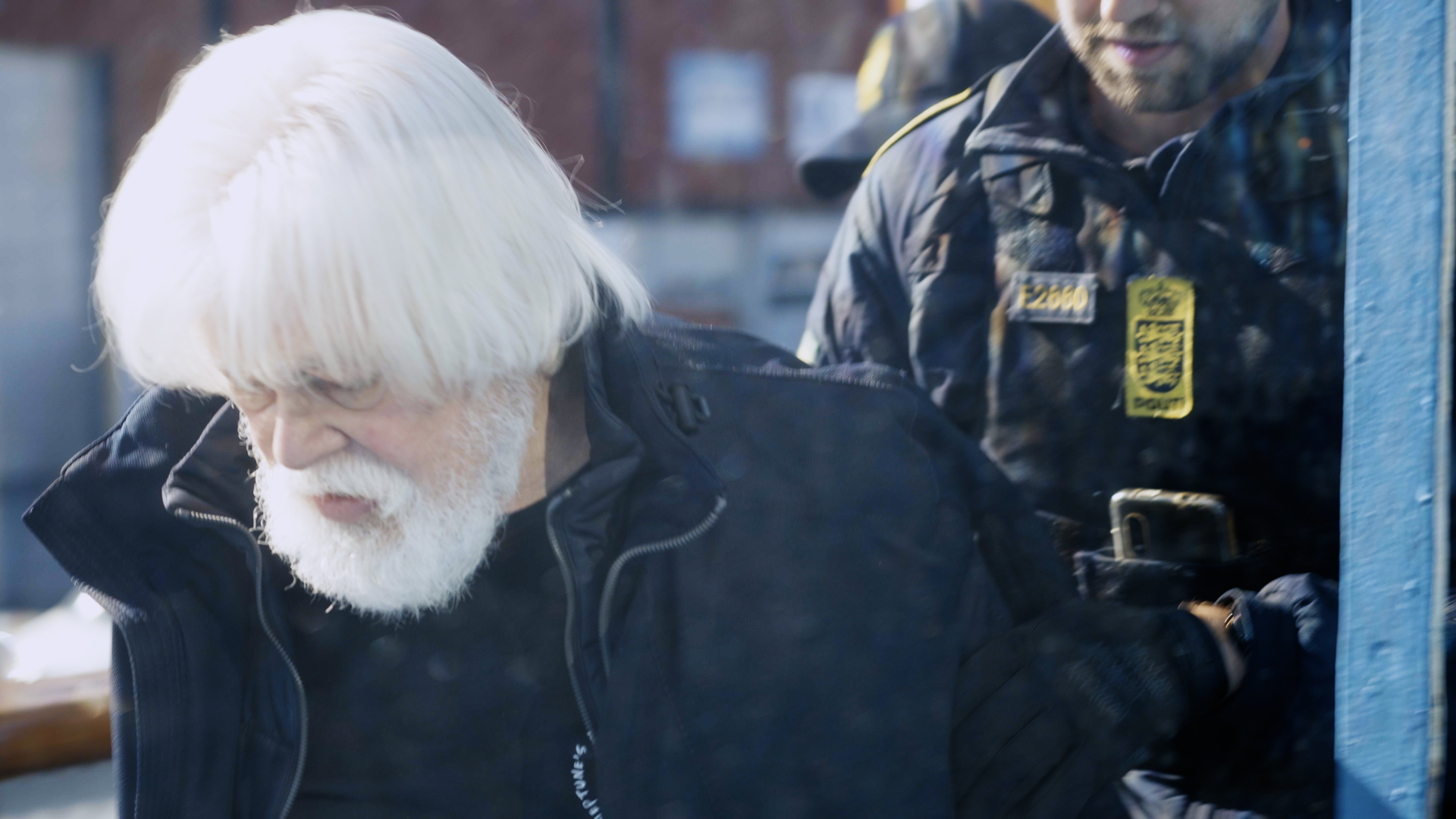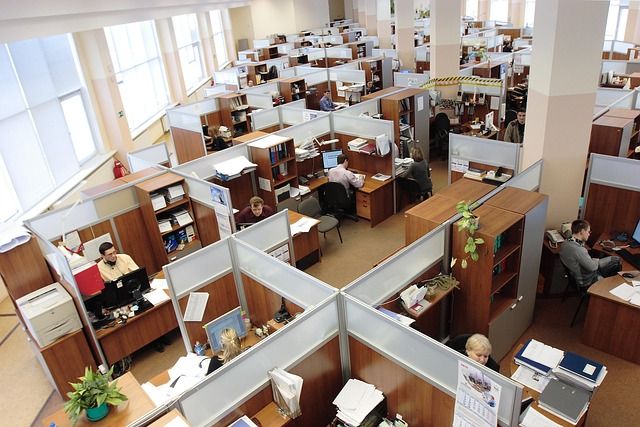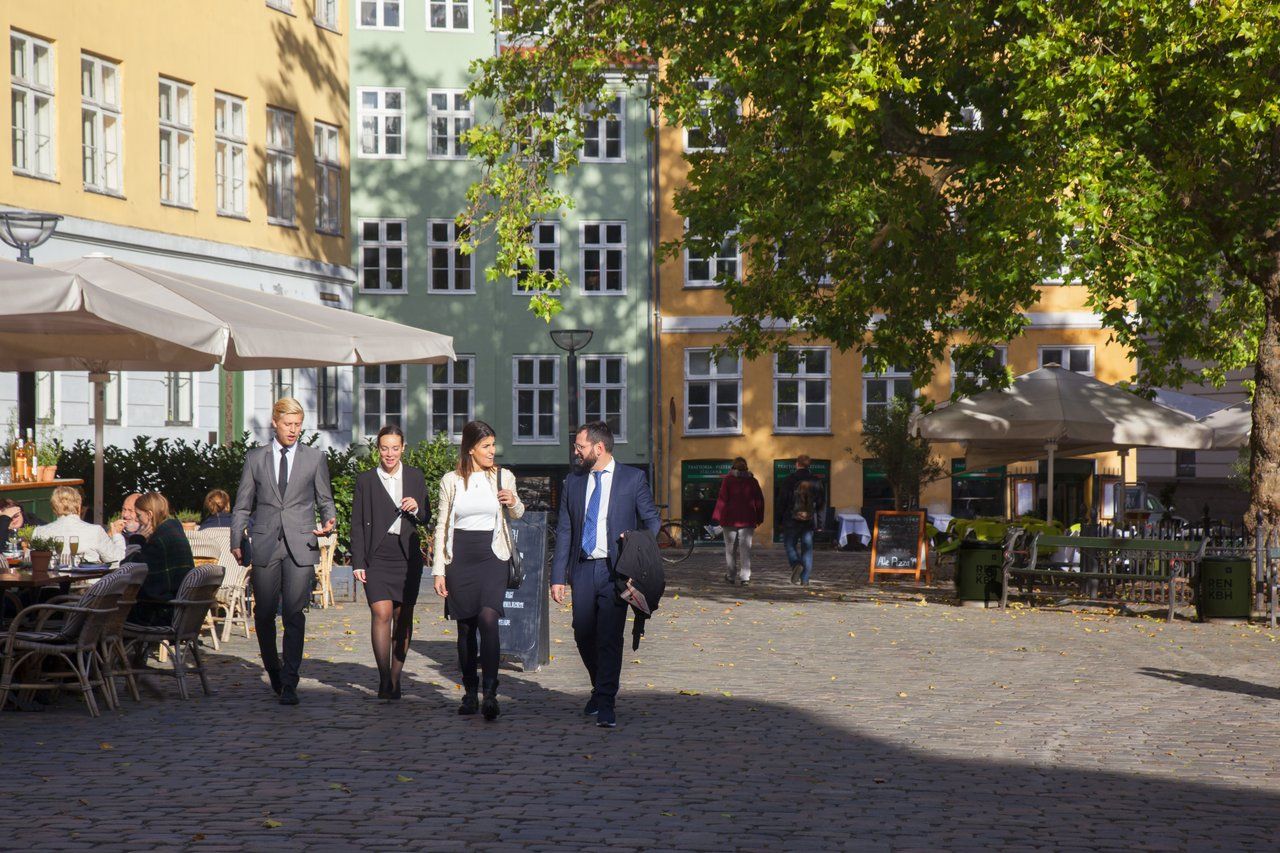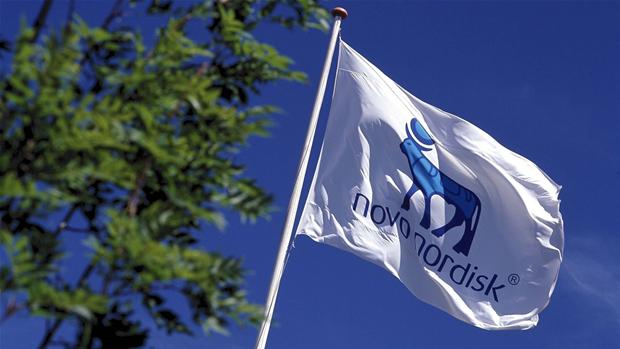It isn’t often that a city identifies itself with a failure – but Belfast isn’t just any old city. The Northern Irish capital has come a long way since the 1998 Good Friday Agreement and has, to an extent, put what is euphemistically known as ‘the Troubles’ behind it. Not that the newly confident city is averse to referencing its past: when it comes to the doomed Titanic, built in the city’s Harland & Woolf shipyard, it’s hard to escape.
Nestled in a grassy depression at the end of Belfast Lough, the city skyline is dominated by the towering cranes of the Harland & Woolf shipyard, close to the newly built Titanic Quarter. Wherever you are, the sight of a yellow cast-iron crane isn’t far away, regardless of if you’re contemplating the magnificent baroque edifice of City Hall or wandering among the shops in the enormous glass Victoria Square. Even when you can’t see the cranes, there’s always a reminder, whether in the haunting Titanic murals daubed onto walls in Protestant west Belfast or on the t-shirts piled up in the souvenir shops proclaiming messages like: ‘The Titanic: It took an Irishman to build her and an Englishman to sink her.’
While the English might beg to disagree about the latter, the Northern Irish certainly did build her, and you can still see the scaffolding on which the tragic vessel was constructed. Nearby is the Titanic Belfast, a gargantuan new museum shaped like one of the ship’s funnels, crammed with artefacts and information about the ship, as well as an ever-changing roster of temporary exhibitions. The Ulster Museum, on the other side of town, is also a paradise for history buffs and includes a thought-provoking exhibition on ‘the Troubles’, as well as the contents of one of the Spanish Armada ships wrecked along the nearby coast.
But there’s more to Belfast than history, ever present though it is, and one of the undoubted highlights is the burgeoning foodie scene. Along with restaurants like James Street South, which specialises in lux versions of Irish classics like colcannon, Belfast’s St George’s covered market is the place to go for a real taste of Ireland. Located close to Belfast Courthouse with its ominous anti-blast fence, St George’s market hosts a multitude of stalls selling everything from handmade crafts to superb local food. Tuck into a gut-busting Ulster Fry, an ultra-greasy version of the classic English breakfast, followed by a cup or two of eye-wateringly strong Fairtrade coffee at one of the little cafes flanking the main market. If you still have the energy to get up and look around, don’t miss the stalls selling locally-made sea salt and cheese shaped to resemble the Giant’s Causeway.
While St George’s reiceived to locals and tourists in search of a cheap eat, the Merchant Hotel serves guests of an altogether different nature. A magnet for the local glitterati, this hotel has also received to the likes of Lady Gaga and Westlife. Its cocktail bar is great for a chilled evening’s entertainment, although if you want authentic Irish fare, go next door to the Spaniard, where you’ll find free-flowing Guinness and a horde of locals ready to share it with you – wherever you come from.
In many ways, this is indicative of just how far the city has come in the 15 years since the Good Friday agreement was signed. Once lumped in with the likes of Beirut and Sarajevo, the transformation of Belfast from a war-torn town into a confident and forward-minded city is nothing short of miraculous. Now’s the time to go and enjoy the result.














